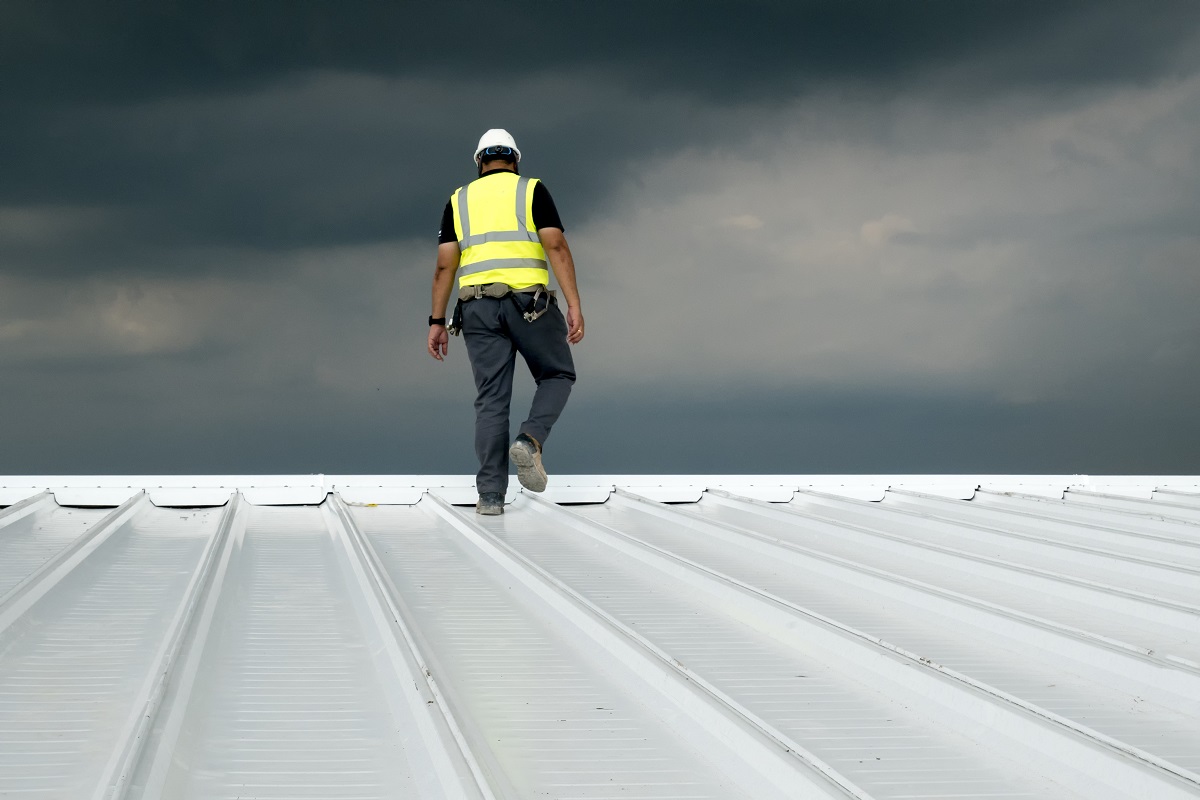While it may seem like a small choice in building features, the right roof for your can make a big difference in overhead costs for your business. In order to select which type of roofing system to place in your commercial building, you should know the different advantages and disadvantages to know what suits your style. Knowing them will also help you get an idea of how they should be maintained.
Although there are different materials that can be used to create commercial roofs, there are only 3 main types and they are:
- Flat Roofs
- Low-Sloped Roofs
- Pitched Roofs
Flat Roofs
The most common type of roof you’ll find in commercial structures are flat roofs. They are also the most affordable ones because they won’t require as much material as the other two types. Many prefer this kind of roof because they are easy and quick to install. They are also easier to maintain and clean because they are flat and offer less risk of falling as compared to other roof types.
On the other hand, there is also a disadvantage to having flat roofs and this is mainly due to poor drainage. When there is standing water on the roof, it would be more likely to degrade. Careful selection of drainage systems for flat roofs should be selected to help improve the life of the roof.
Low-Sloped Roofs
Low-sloped roofs sometimes appear to be flat but they actually have a slope to them. This slope allows better water runoff as compared to having flat roofs. With low-pitched roofs, problems with standing water are avoided. Due to their low slope, maintenance and cleaning are also much safer and easier to do on them compared to pitched roofs. They also allow easy installation of air conditioners, satellite dishes, and solar panels.
However, low-sloped roofs can also have disadvantages. One main disadvantage can be observed during winter when there is snow. If the snow doesn’t melt quickly, it will pile up and can add weight to the low-sloped roof. This can be a cause of damage.
Pitched Roofs
Lastly, we have pitched roofs that are also common for residential areas. The increase in the slope is an excellent way of ensuring water runoff. Additionally, snow will also easily fall off due to the angle of the pitched roofs. With less water build-up, there is also a lesser risk for water damage, leaks, and mold.
Unfortunately, the steepness also offers a disadvantage. It can be more challenging to repair and maintain. Although the slope helps lessen the need to clean and maintain the roof, there will still be a time when the roof needs to be serviced. Safety measures should always be followed when working on the roofs.







